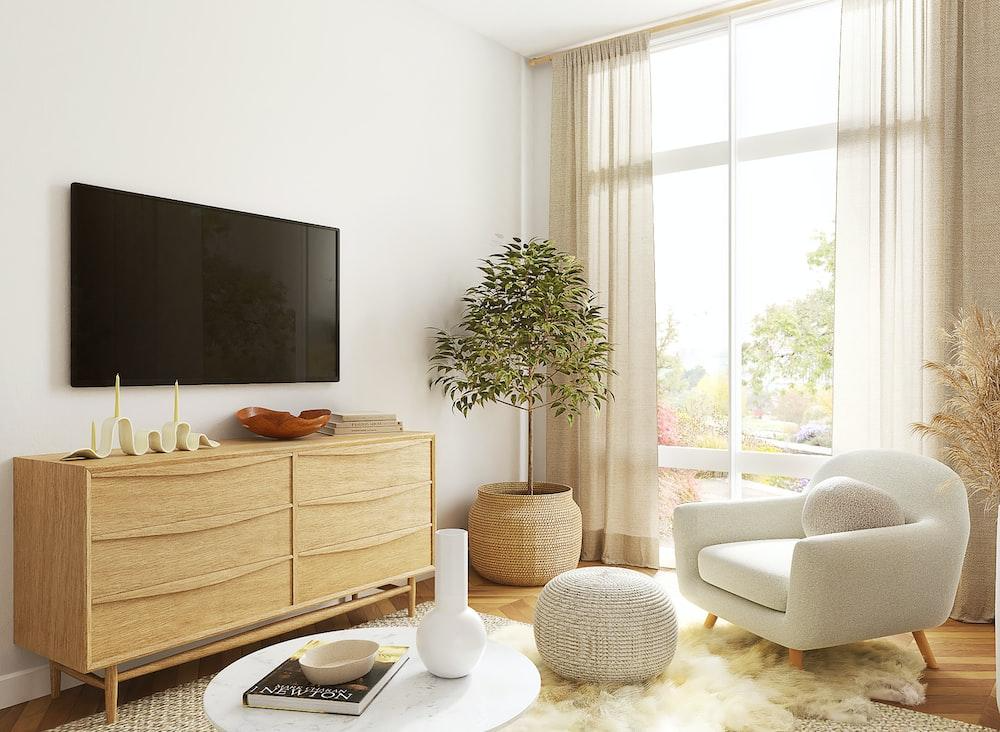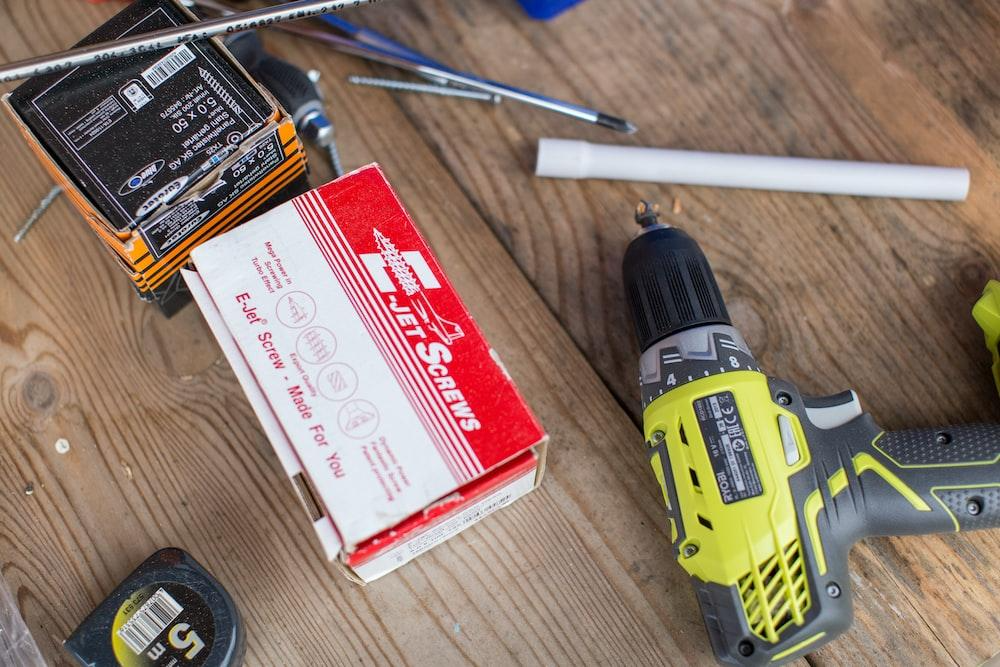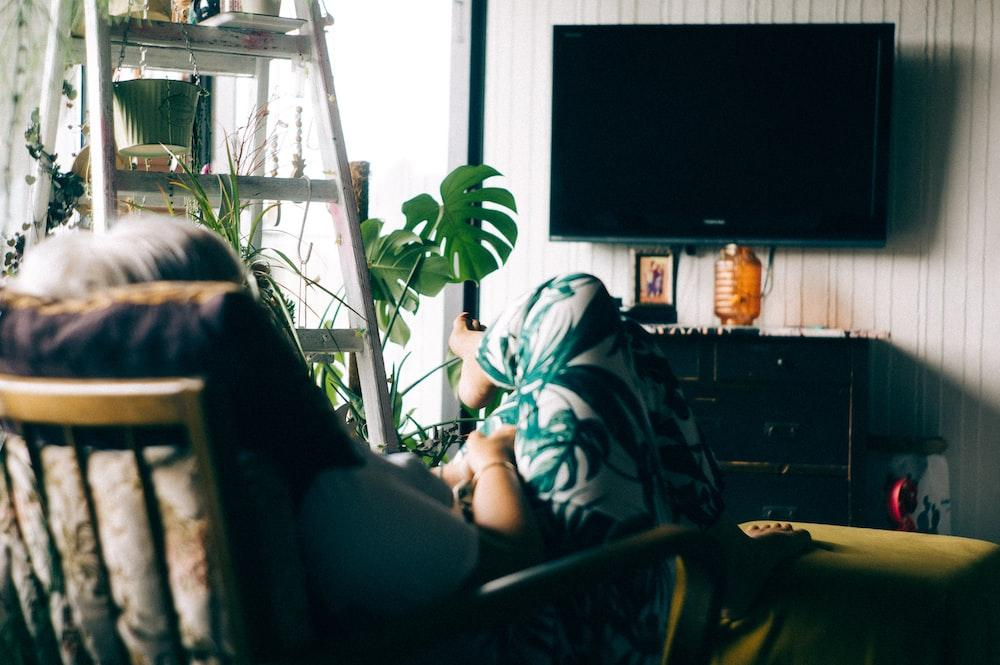Table of Contents
A TV is highly regarded as the heart of the home, a source of much laughter, sniffles, and emotions. Millennials have witnessed television evolve from a cabinet box snugly housed inside a beautifully constructed showcase to a smart internet-enabled LED. The good news is that television has become sleeker, smarter, wider, and lighter in recent years, with some families preferring to have an extra TV in the bedroom.
Due to its size, the current television does not fit into the traditional old-world setup. Putting it on the wall or on a TV stand are the two options. A wall-mounted TV is popular because it saves room on the floor and is considered relatively safe when you have children at home.
However, before you install a television in your new home, you must first comprehend a few technicalities. If you hire interior design services, please advise them of your preferred placement so they can allocate the necessary space and power outlet for the TV.
Before you choose a TV, here’s a must-read checklist compiled by our specialists to improve your viewing experience.
1. Location of the TV Unit
A comfortable viewing experience is directly tied to the location of your television. Furthermore, it’s a good idea to remember the sun when choosing a wall mount. Direct sunlight on the TV reduces visibility and can harm the screen. Have heavy shade curtains to keep the light out if it’s near a window.
Significantly, ensure there is a switch power cord outlet where you want to put the TV, or you’ll have to redo the electrical work after the TV is placed. A skilled interior designer will plan for wire concealment by strategically placing power outlets.
2. Height and Position
Now that the location has been determined, it is time to determine the best height for installing the television. The TV’s height should ideally be kept at eye level when viewing from a sofa, bed, or chair. The typical distance is nine feet; however, getting closer will improve the experience.
Consider the TV unit height, screen size, and viewing distance if you do not want to use a wall mount. All three of these criteria can make or destroy your entertainment hours. Check that plug points are easily accessible from TV lines. Notably, if you intend to use it for gaming and other activities, the height and location of the TV should allow for easy access to slots and buttons.
3. Drilling Points
Imagine you choose to wall mount the TV only to find that the wall is weak or susceptible to damage from leaks. Determining the wall’s load-bearing capacity and looking for signs that may damage your TV set is therefore crucial. Proper drilling points ensure your TV is not slanted and sits comfortably on the wall.
4. Concealed wiring
Hide the wiring for a cleaner look: exposed TV cords can be an eyesore.
- Paintable conduits should be used to cover any exposed wires. This is one of the most practical solutions, particularly in a rental property where the tenant cannot touch the walls.
- The brick wall can be chipped to fit the hidden wiring for the wall-mounted TV before being plastered and painted. Of course, this is for homeowners.
- Create a wall cabinet, built-in wall unit, or wall paneling out of materials like plywood or MDF to conceal the TV wiring.
5. Furniture Positioning
TV viewing may be made more comfortable by using the right furniture. Keep the chair too close to the TV, and you’ll feel like you’re viewing a movie from the front row, which increases your risk of spraining your neck. If you go too far, you will lose interest in watching TV because it will not be an immersive experience.
Experiment with furniture placement to find the optimal distance. It is best to situate the furniture opposite the TV, as in a theatre-style layout; a side view is a clear no-no.
6. TV Background
Now that you’ve settled on the wall and its location, it’s time to pick what you want on the wall behind the TV. Remember that TVs come with wires, and you don’t wish to unsightly cords dangling around while watching your favorite show. Large paintings, large decorative items, and so on are not advised in the area around the TV. It should be kept as simple as possible. If you want to accessorize, keep a plant in a corner away from the TV. The same applies to a TV unit; you can maintain small ornamental items that will not distract you from the viewing experience.
The wall’s neutral hues will calm your eyes and help you focus on the screen when mounted. The TV can also be installed on a wooden unit that is hung on the wall; this will help to tone down the surrounding area with a natural shade and is a clever way to hide the wires.
Bottomline
Remember these factors the next time you build a TV set for your home. If you still require assistance setting up a home TV unit, contact a professional team to help you improve your viewing experience.
We frequently underestimate the work required for a project until we thoroughly assess what is required. We may think that all we need is a TV hung, but as you can see, various elements come into play and determine the cost. Even in the best of circumstances, professionally mounting a television takes time. Knowing the answers to the questions on the above checklist can help you prevent costly surprises.



